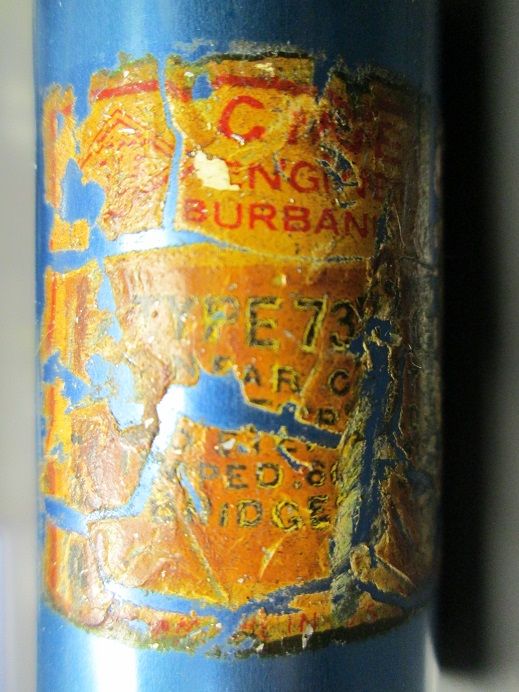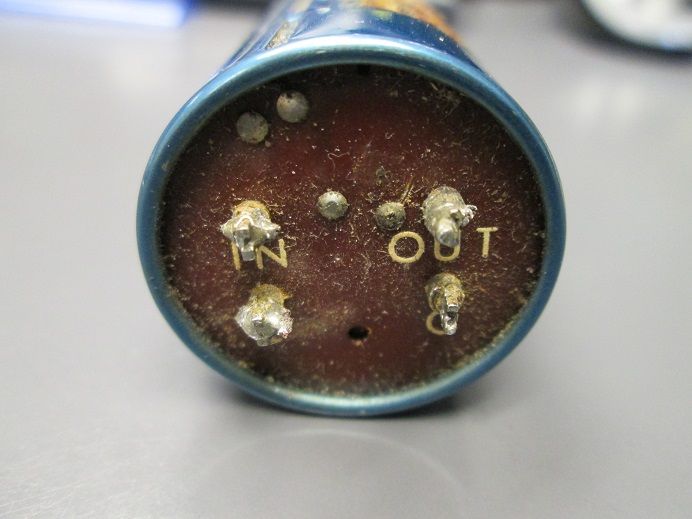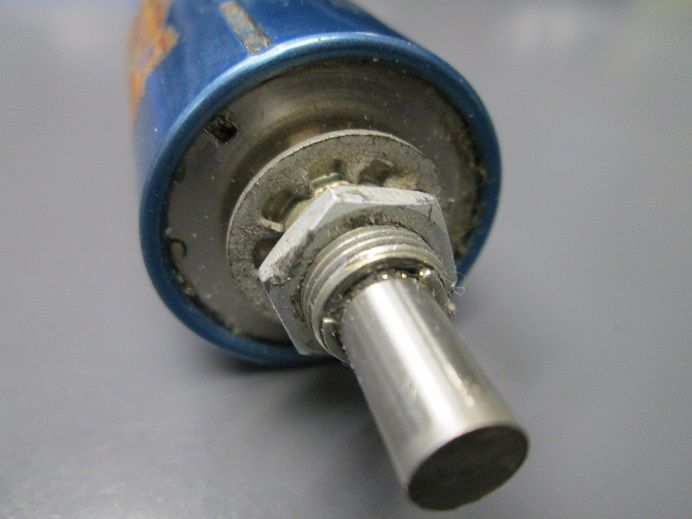maxwall
Well-known member
- Joined
- Nov 17, 2004
- Messages
- 1,134
Can any one help with info on this attenuator or how to test it correctly out of circuit with ohm meter ?
I did measure ~600ohm across IN & C and OUT & C
I have searched cyberpit endlessly without any leads, data sheets, etc , rotary switch seems to rotate smoothly.
I assume these are permanently sealed , in other words, ache before break
Positions 21 confirmed , Cinema Engineering , Burbank CA
Info I have been unable to confirm off the beat up label : Bridged T Pad , 600 ohm , Type 735
pics




I did measure ~600ohm across IN & C and OUT & C
I have searched cyberpit endlessly without any leads, data sheets, etc , rotary switch seems to rotate smoothly.
I assume these are permanently sealed , in other words, ache before break
Positions 21 confirmed , Cinema Engineering , Burbank CA
Info I have been unable to confirm off the beat up label : Bridged T Pad , 600 ohm , Type 735
pics






